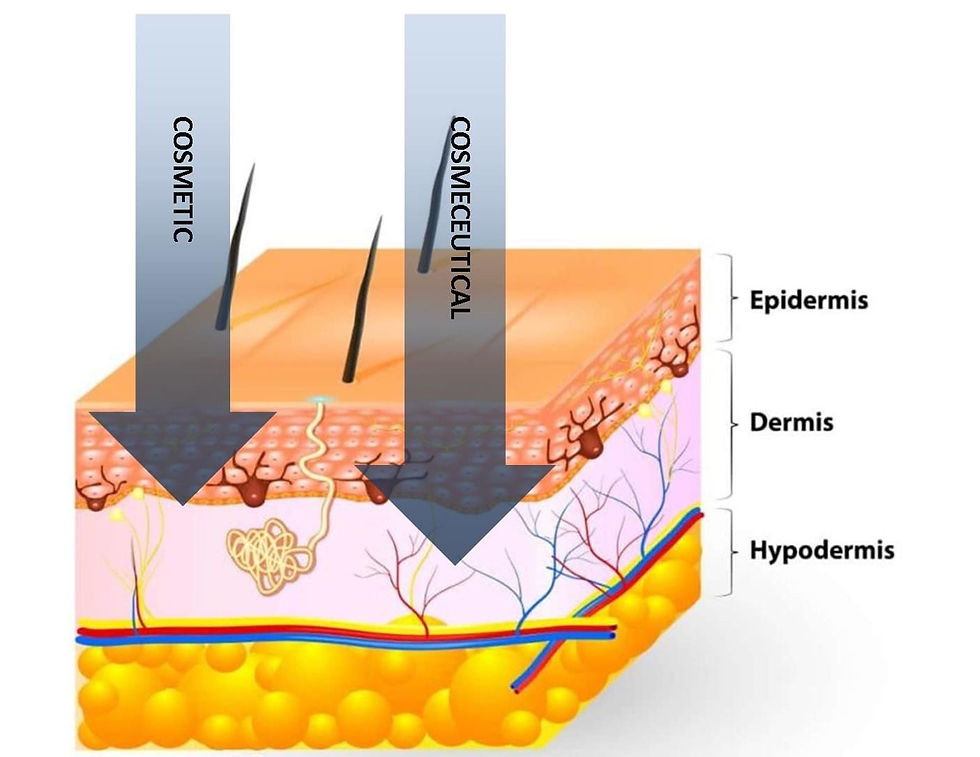
What is the Skin Cycle?
The skin cycle, also known as the skin renewal cycle, is the process by which our skin naturally exfoliates and regenerates. This cycle involves the shedding of old, dead skin cells and their replacement with new, healthy ones. Typically, a complete skin cycle takes about 28 days, though this can vary depending on factors such as age, skin type, and environmental conditions.
Phases of the Skin Cycle
Cell Production (Days 1-14): New skin cells are produced in the basal layer of the epidermis. These cells gradually move upward towards the skin surface.
Cell Maturation (Days 15-28): As the cells migrate upward, they undergo a process of maturation, becoming more flattened and filled with keratin.
Shedding (Days 28+): Once the cells reach the surface, they die and are eventually shed off, making way for newer cells from beneath.
Importance of the Skin Cycle
Understanding the skin cycle is crucial for several reasons:
Skin Health: A well-regulated skin cycle helps maintain a healthy skin barrier, which protects against environmental damage and prevents moisture loss.
Radiance and Texture: Proper exfoliation of dead skin cells ensures a smoother, more radiant complexion.
Effectiveness of Skincare Products: Knowing the skin cycle helps in optimising the use of skincare products for better absorption and efficacy.

The Role of Good Home Skincare
Effective home skincare routines are essential to support and enhance the natural skin cycle. Here’s why:
Cleansing: Regular cleansing removes dirt, oil, and impurities, preventing clogged pores and promoting healthy cell turnover.
Exfoliation: Gentle exfoliation helps shed dead skin cells, revealing fresh, new skin and enhancing the effectiveness of other skincare products.
Moisturising: Keeping the skin hydrated ensures that the new skin cells are healthy and plump, maintaining the skin's elasticity and firmness.
Sun Protection: Daily use of sunscreen protects the skin from harmful UV rays, which can disrupt the skin cycle and cause premature aging.

The Benefits of In-Clinic Treatments
While a good home skincare routine is foundational, professional in-clinic treatments can significantly boost skin health and rejuvenation. Here’s how:
Advanced Exfoliation: Treatments like chemical peels and dermaplaning provide deeper exfoliation than home methods, accelerating the removal of dead skin cells.
Collagen Stimulation: Procedures such as microneedling and radio frequency therapy stimulate collagen production, improving skin texture and elasticity.
Targeted Treatments: Professionals can address specific skin concerns like acne, hyperpigmentation, and fine lines more effectively with specialised treatments.
Expert Guidance: Skin professionals can analyse your skin type and condition, recommending personalised treatments and products for optimal results.

Combining Home Skincare and In-Clinic Treatments
To achieve the best skin health, a synergistic approach combining good home skincare and periodic in-clinic treatments is ideal. Here are some tips for integrating both:
Consistency is Key: Maintain a consistent home skincare routine tailored to your skin type and needs.
Schedule Regular Treatments: Visit a skincare professional for periodic treatments to address deeper skin concerns and boost your home care efforts.
Listen to Your Skin: Adjust your skincare routine and treatment schedule based on how your skin responds and changes over time.
Understanding the skin cycle and its importance is the foundation for achieving healthy, radiant skin. By combining effective home skincare routines with professional in-clinic treatments, you can support your skin’s natural renewal process, address specific concerns, and maintain a glowing complexion. Invest in your skin—it’s a lifelong commitment that pays off in confidence and beauty.
Book your skin consultation today and start making changes to your skin for the future.

Comments